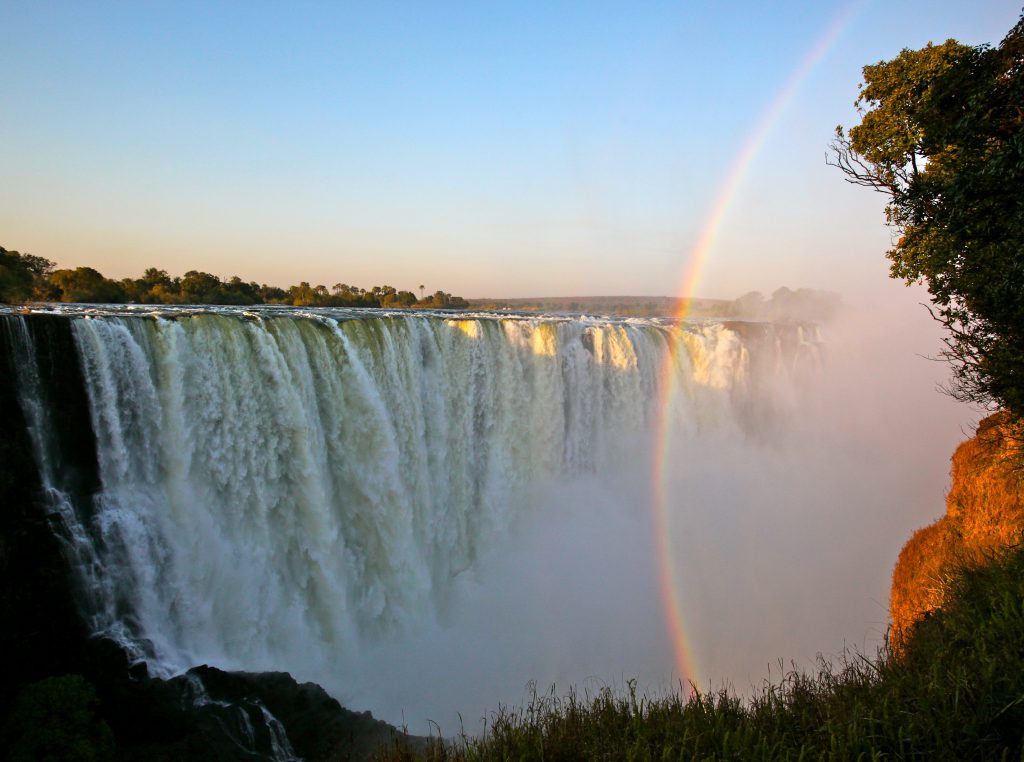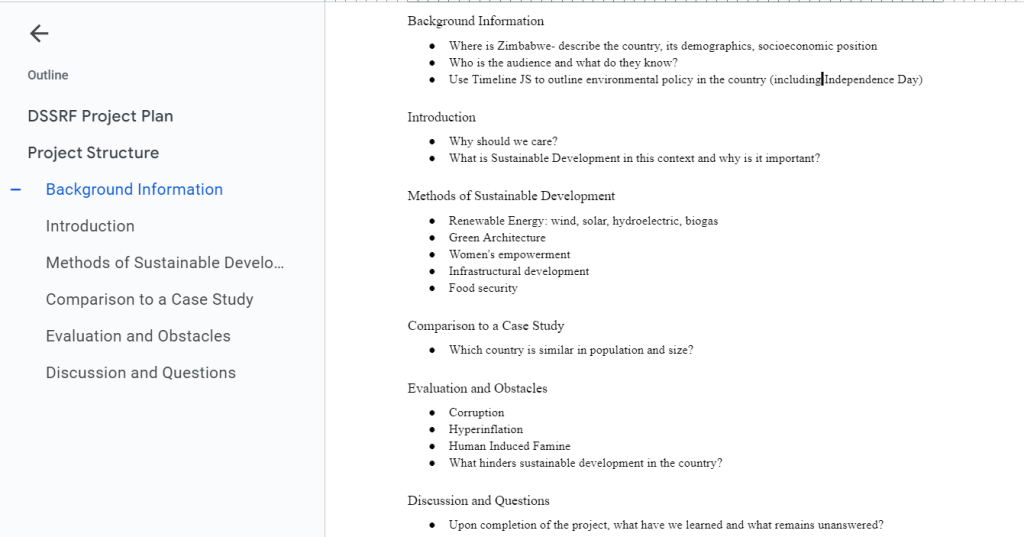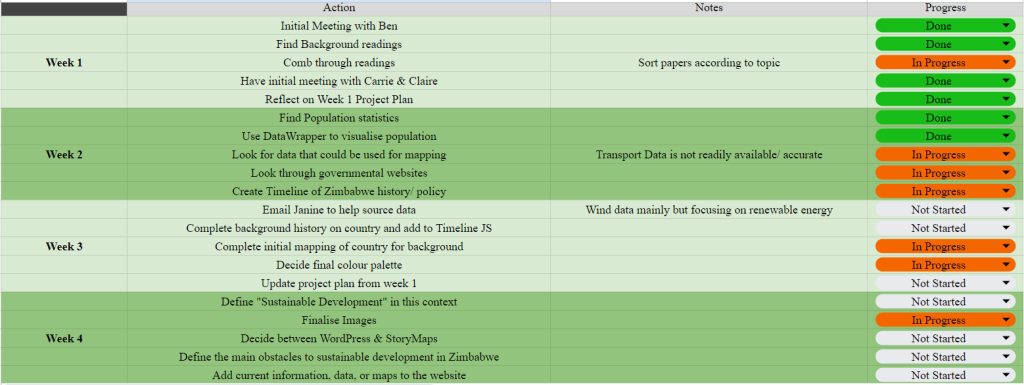ArcGIS
It allows me to make sophisticated spatial analyses, allowing me to overlay different data layers, calculate distances, create buffers, and (potentially) perform statistical analysis based on geographic data. This capability is invaluable for urban planning and environmental assessment,
ArcGIS facilitates the integration of various types of data, including spatial data (such as maps and satellite imagery) and tabular data (such as databases and spreadsheets). This integration allows for comprehensive analysis and visualisation, providing a holistic view of the data. One of the standout features of ArcGIS is its ability to create compelling visualizations of geographic data. By generating maps I hope to effectively communicate spatial patterns and relationships across disparities in Zimbabwe. This is crucial for understanding what underpins equitable development in Zimbabwe
Tableau
Similar to the visualisations in ArcGIS, Tableau accomplishes statistical visualisations to understand the background of Zimbabwe in terms of demographics, economy, and inflation. Tableau excels in creating highly interactive and visually appealing dashboards. This interactivity enhances data exploration and understanding, enabling me to have a deeper insight into the limitations and opportunities of Zimbabwe. Beyond basic visualisation, Tableau offers advanced analytics features such as statistical analysis, and forecasting, which if used correctly could uncover trends, patterns, and relationships in my data; but in my project, this largely depends on the quality of the data I have access to


